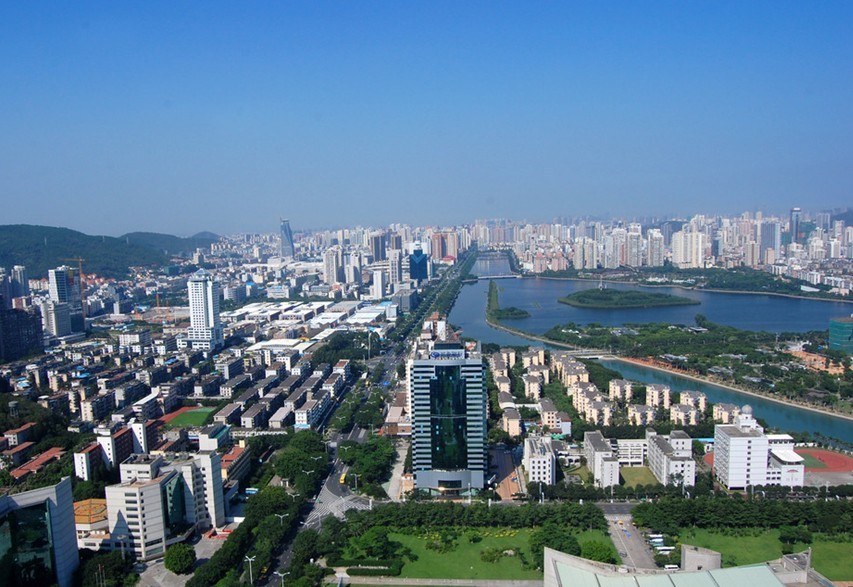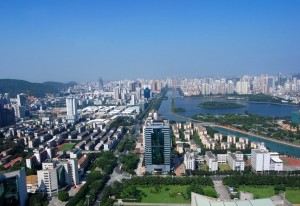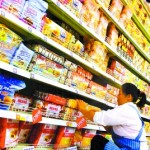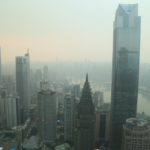Tier-two and tier-three cities are expected to boom in the foreseeable future in China
Tier-two and tier-three cities are expected to boom in the foreseeable future in China
[See more about 2nd and tier cities in China]What differentiate 1st tier from 2nd tier city in China? This concept of classification is quite vague; even official bodies cannot give exact criteria for this classification. As a result, different consulting agencies have varying data on the number of 1st, 2nd and 3d tier cities. While only four Chinese cities were named as tier one including Beijing, Shanghai, Guangzhou and Shenzhen, there are on average 25 and 150 of tier-two and tier-three cities respectively.
Although it is apparent, that tier-one cities in China is the center for foreign investment, business opportunities and high living standards, second-tier cities are gradually catching up with such metropolitan areas as Beijing and Shanghai, attracting increasing amount of foreign direct investment each year. Some economists argue that China, in particular tier-one cities, attracts too much of foreign investment, which can be dangerous for economy in the long-run. As a result, Chinese government seeks to boost development of tier-two and tier-three cities, where there is still much space for business and investment. Franchising, which has become increasingly popular in China over the last decade, is now gradually moving towards second and third-tier cities. As recent data shows, of 50 new international grocery stores including Metro and Carrefour, which has been open across China in June 2014, 90% were located in tier-two and tier-three cities. Tier-two cities are more actively involved in international trade and business compared to tier-three cities: according to the recent statistics, 14 tier-two cities in China account for 54% of total country’s export from the USA. As long as tier-one cities are becoming highly saturated with foreign brands, newcomers choose to invest in tier-two cities, where market is still open for newcomers. Thus dental group Q&M from Singapore has recently announced its plans regarding expansion in tier-two cities.
Market reallocation towards tier-two cities
“Love for brand” trend among Chinese customers attracts a lot of international luxury brands of clothes, cosmetics and shoes, which locate their shops in luxury central areas of Beijing and Shanghai. However, it has been observed that the Chinese middle class has been gradually shifting their preferences towards second-tier cities due to their fast development, growing opportunities and less pollution. As a result, recent statistical data shows that more that 50% of the richest Chinese live outside the central cities such as Beijing and Shanghai. This trend made leading luxury brands, in particular cosmetics brand such as L’Oreal, Lancome and Kerastase, rethink the location of new shops in China, moving most of them into second-tier cities in 2013.
As it mentioned above, the classification of Chinese cities is not complete and it is fair to say that tier-two cities are likely to catch up with tier-one cities, as well as third with second-tier cities in the foreseeable future. High level of investment into second-tier cities is booming over the last few years, suggesting its attractiveness for foreign brands. Indeed, many of them, including Starbucks and Yum, have already located their stores in these cities while awaiting for its booming growth in the future.
For further information, refer to:
http://www.ft.com/cms/s/0/8b8c38b8-076e-11e4-81c6-00144feab7de.html
















